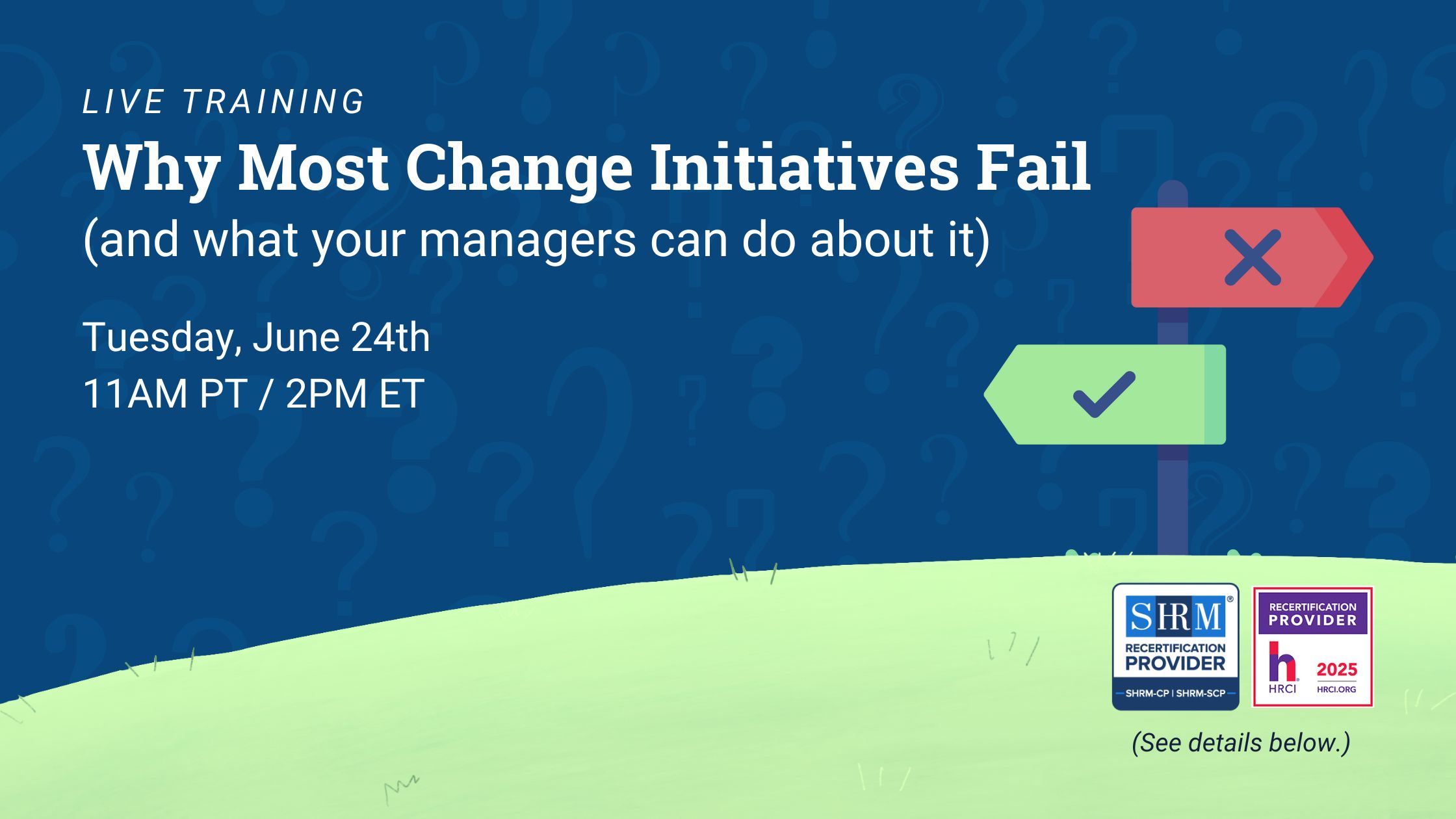Planning for the future is a task easy to put off, but an essential measure to ensure the continued success of an organization. Succession planning allows organizations to not only prepare for unexpected events and manage risk, but also to develop sustainably by identifying and nurturing talent to fill leadership roles.
What is a succession plan?
A succession plan is a set of company guidelines to ensure business continuity in the case of sudden or expected personnel changes, such as those due to death, illness, retirement, and more. Because succession planning includes the top levels of an organization, creating a plan is an undertaking that requires company-wide support, including that of the top leadership. The best time to prepare a succession plan, if you do not have one in place, is now. Waiting to create a plan until an active personnel crisis, a layoff, or other major workforce change occurs will not allow your organization to adequately prepare for smooth business continuity.
Follow this succession planning checklist to ready your organization to outline practical next steps and manage inevitable changes. While not every item will apply to all organizations, the checklist provides a good starting point from which to build a more tailored plan.
Create a team
- Get buy-in and support from the C-suite, board of directors, and senior leaders on the need for initiating a succession plan.
- Bring together a core team for succession planning. This team generally includes the CEO, CFO, and CHRO—and, if applicable, the board of directors, especially if you’re initiating a succession plan for a new CEO.
- If the board is involved, help familiarize the board with the organizational culture.
Define goals and objectives
- As a team, answer key questions to set clear goals for the succession planning initiative: What is the purpose of succession planning for our organization? How will the organization and its members benefit from this plan? How will we define success for this initiative?
- Determine which common succession planning goals are relevant for your organization. Key goal areas may include:
- Business continuity: Ensure smooth transitions for leadership and management, identify emerging talent needs in new areas of business growth.
- Talent management: Improve retention, reduce talent time to fill.
- Learning and Development: Identify key talent within the organization, ensure advancement and promotional opportunities, nurture a diverse pool of internal candidates.
- Organizational culture: Enhance employer brand in talent marketplace, align culture with a focus on internal mobility and advancement, show leadership’s investment in planning, engage and motivate top performers.
- Financial: Lower talent acquisition costs and other expenses.
Draft a succession planning policy
- Write a preliminary succession planning policy that states the purpose, policy, and procedures. SHRM offers a simple policy template you can adapt for your organization.
- Consider the full range of succession scenarios, including both planned vacancies and unplanned ones that may require emergency transition plans and temporary reassignment of leadership duties.
Assign roles and responsibilities
- Determine what actions need to be taken to design, implement, track and report on the succession plan.
- Decide which role each member or group of the team will play in the succession planning process. For example:
- C-suite: Take primary responsibility for the succession planning process, setting expectations and providing accountability.
- Board of directors: Take responsibility for CEO succession plan, provide support for overall plan.
- Department and division heads: Conduct annual reviews with an eye to identifying, developing, and placing succession talent into leadership positions.
- Human resources: Support board and C-suite by facilitating team meetings, preparing materials, designing workflows, educating involved staff, tracking open positions, and compiling data.
Identify key roles for the entire organization
- Study the overall structure of the organization, looking at each employee to identify all critical positions, including those in supporting roles.
- Analyze the organizational structure against short and long-term business goals to determine likely changes in future workforce needs.
- Determine which organization levels to include in your succession planning, whether that includes just the CEO, the entire C-suite, or a larger number of positions including department heads, division heads, and critical middle-management positions.
Prepare documents and design workflows
- Create necessary forms to list succession candidates by function area and level, identify high-potential employees, assess individual talent, and summarize the overall process.
- Create a detailed workflow that outlines roles, tasks, and timeline.
Develop a list of potential succession candidates for each key role
- Identify potential leadership successors by matching the skills and experience needed for each position with employees who have or could develop those qualifications, based on performance reports and assessments of employees’ strengths and weaknesses.
- Make leadership development training or other programs accessible to all members of the organization or select departments to uncover additional exceptional, motivated talent.
- Pay attention to conscious or unconscious biases—especially against groups protected by the Equal Employment Opportunity Commision (EEOC)— that may affect selection choices.
Set up your organization to nurture leadership successors
- Create new or support existing opportunities—such as coaching, mentoring, or learning and development programs—to cultivate the leadership skills of employees, especially those identified as potential succession candidates.
- Hold conversations with potential succession candidates to gauge interest and motivation and to begin their leadership development process.
- Consider including succession planning tasks—such as identifying and developing potential succession candidates—in managers’ job function and performance reviews.
Include succession planning in your talent acquisition strategy
- Consider the needs of your organization’s succession plan when making hiring decisions. For example, if a leadership position lacks qualified internal successors to step into that role should the need arise, look for new hires who might fill the gap.
- Integrate your organization’s goals for leadership diversity into your hiring decisions. For example, if your organization seeks to increase the number of women in senior management positions, make sure you recruit female employees with the potential to be groomed into such roles.
- Seek diversity in your organization in general, whether in terms of the range of skills employees bring to their role or the diversity of experience they have both within and outside the organization, so you have a broad pool from which to draw potential succession candidates.
Measure your success and hone your plan
- Use clear metrics to evaluate how well your succession planning efforts are meeting the initial goals set by the succession planning team. Key data points may include: percentage of vacated leadership positions filled by internal succession candidates, retention of potential succession candidates, employee turnover rates, and talent acquisition costs and time
- Review the succession plan on an annual or semiannual basis, depending on the rate of turnover, to keep the plan up to date, identify new challenges, and improve on the process.
Communicate the succession planning process
- Let employees know that a succession plan exists and explain its benefits to both the organization and the individual members of the workforce.
- Share period updates about the plan, especially highlighting statistics that demonstrate your organization’s commitment to the development and promotion of employees.
Succession planning, whether expected or unexpected, involves key workforce changes. INTOO can help your organization smoothly manage these transitions: Our career development solution offers career coaching for leadership development, goal-setting, performance improvement, resilience, and more, while our outplacement solution supports exiting employees by helping them find new jobs faster. Schedule a demo to learn how INTOO can help you manage your modern workforce.











